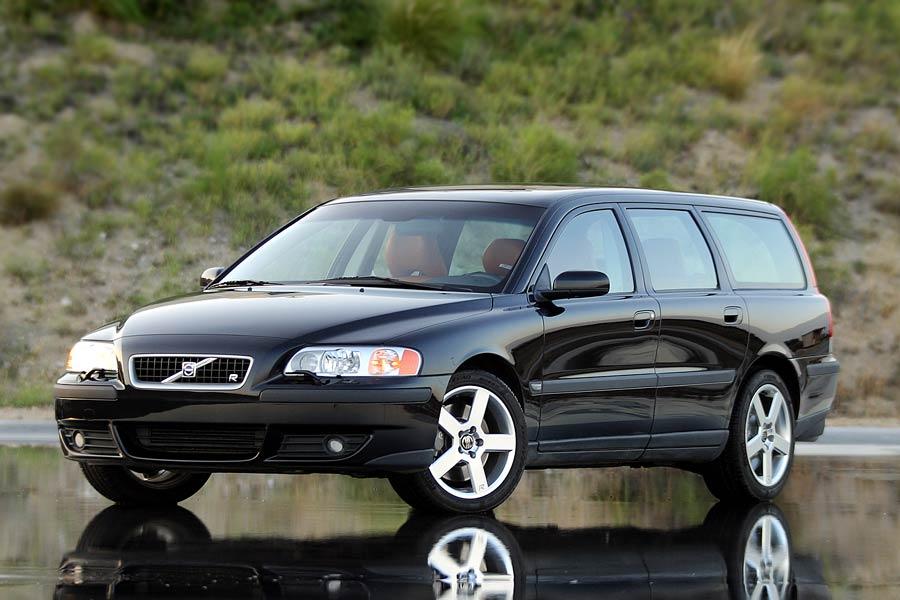The Volvo Group (Swedish: Volvokoncernen; legally Aktiebolaget Volvo, shortened to AB Volvo) (stylized as VOLVO) is really a Swedish multinational manufacturing company headquartered in Gothenburg. While its core activity would be the production, distribution and sale of trucks, buses and construction equipment, Volvo also supplies marine and industrial drive systems and financial services. In 2016, it turned out the world's second largest manufacturer of heavy-duty trucks.Automobile manufacturer Volvo Cars, also situated in Gothenburg, was section of AB Volvo until 1999, when that it was sold towards the Ford Motor Company. Since 2010 it is owned by the Geely Holding Group, a Chinese multinational automotive manufacturing company. Both AB Volvo and Volvo Cars share the Volvo logo and cooperate in running the Volvo Museum in Sweden.The company was listed for the Stockholm Stock Exchange in 1935, and was for the NASDAQ indices from 1985 to 2007.Volvo was established in 1915 as being a subsidiary of SKF, a ball bearing manufacturer; however both Volvo Group and Volvo Cars regard the rollout with the company's first car series, the Volvo ÖV 4, on 14 April 1927, for their beginning. The building remains.The name Volvo was originally registered to be a trademark in May 1911 using the intention for use for a new compilation of SKF ball bearings. It means "I roll" in Latin, conjugated from "volvere". The idea was short-lived, and SKF chose to simply use its initials because the trademark for everyone its bearing products.In 1924, Assar Gabrielsson, an SKF sales director, plus a KTH Royal Institute of Technology educated engineer Gustav Larson, both the founders,[clarification needed] chose to start construction of an Swedish car. They designed to build cars that can withstand the rigors from the country's rough roads and cold temperatures.AB Volvo began activities on 10 August 1926. After one full year of preparations concerning the production of ten prototypes, the firm was willing to commence the car-manufacturing business inside the SKF group. The Volvo Group itself considers it entered 1927, if the first car, a Volvo ÖV 4, rolled off of the production line with the factory in Hisingen, Gothenburg. Only 280 cars were built that year. The first truck, the "Series 1", debuted in January 1928, for an immediate success and attracted attention beyond the country. In 1930, Volvo sold 639 cars, and also the export of trucks to Europe started right after; the cars would not become well-known outside Sweden until after World War II. AB Volvo was introduced on the Stockholm Stock Exchange in 1935 and SKF then thought we would sell its shares inside the company. By 1942, Volvo acquired the Swedish precision engineering company Svenska Flygmotor (later renamed as Volvo Aero).Pentaverken, which in fact had manufactured engines for Volvo, was acquired in 1935, providing a good supply of engines and entry to the marine engine market.The first bus, named B1, was released in 1934, and aircraft engines were added for the growing range of products for the beginning with the 1940s. In 1963, Volvo opened the Volvo Halifax Assembly plant, the very first assembly plant inside company's history over and above Sweden in Halifax, Nova Scotia, Canada.In 1950, Volvo acquired the Swedish construction and agricultural equipment manufacturer Bolinder-Munktell. Bolinder-Munktell was renamed as Volvo BM in 1973. In 1979, Volvo BM's agricultural equipment business was sold to Valmet. Later, through restructuring and acquisitions, the residual construction equipment business became Volvo Construction Equipment.
Related Images with Volvo XC70 Estate car \/ wagon 2004 2007 reviews, technical data, prices
2004 Volvo Xc70 Specs 2018 Volvo Reviews
2004 Volvo XC70 Cross Country for sale near Middletown, CT CT Volvo Dealer Stock 171554
Volvo Xc70 2003 2018 Volvo Reviews

Komentar
Posting Komentar